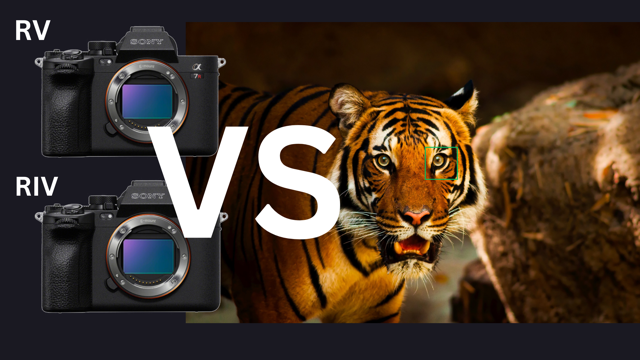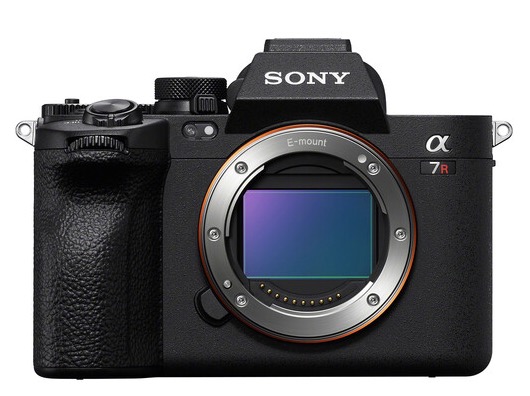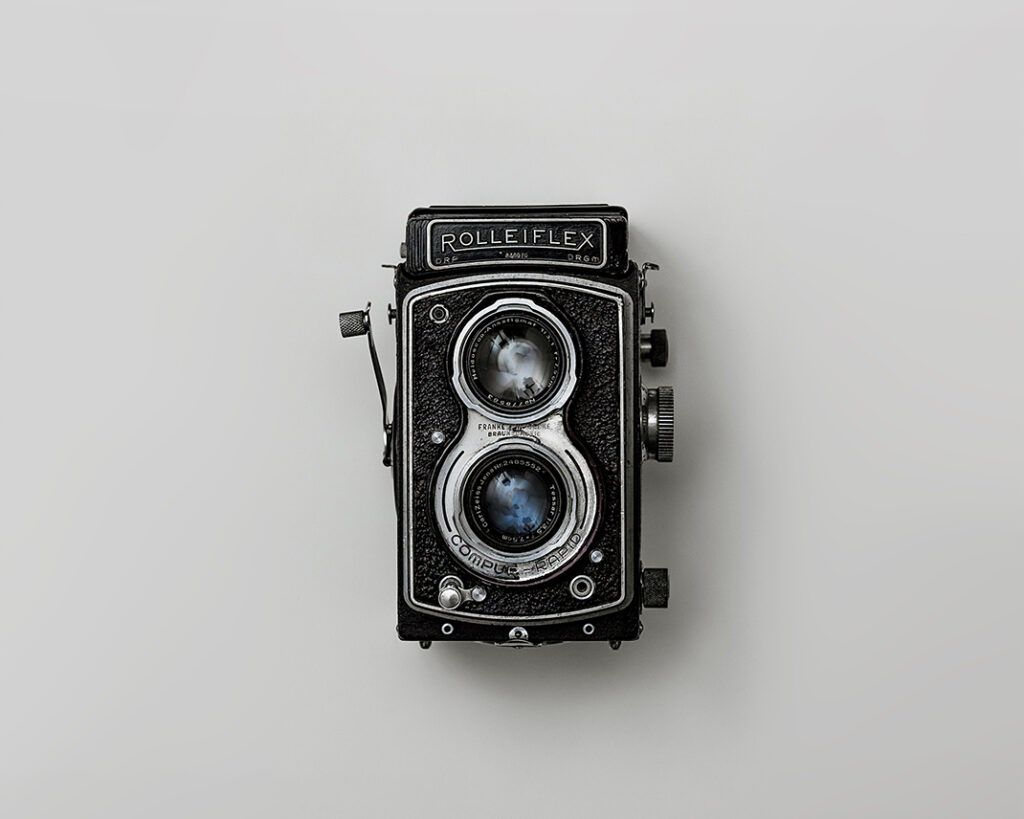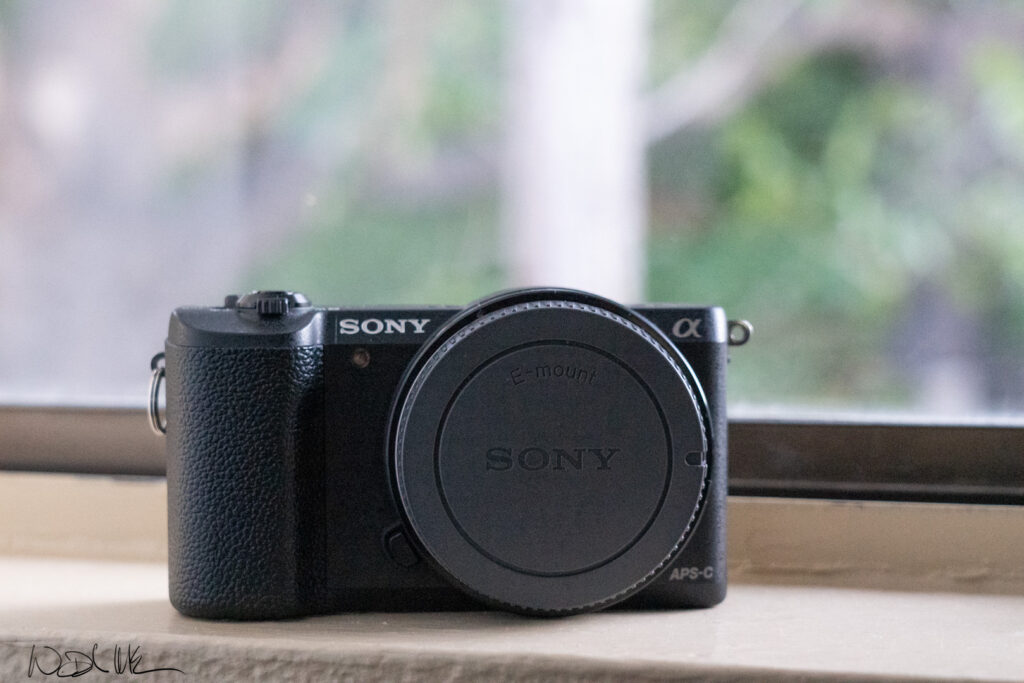The Sony A7RV has the exact same 61-megapixel sensor as the A7RIV but with a few upgrades that make this camera appear to be the best camera for wildlife photographers.
Both of these cameras will track his man’s and animals, but the A7RV can now prioritize birds and insects in autofocus.
The A7RV does seem to track animals and birds with better accuracy, but is it that much better?
Sony A7RV
- 61MP Full-Frame Sensor
- Real-Time Tracking AF
- 8K, 4K, FHD Video
- 4K 16-Bit Raw Output
- 9.44m-Dot EVF
- 3.2″ Multi-Angle LCD
- 10 fps Shooting
- 8-Stop Image Stabilization
Similarities
The key similarities between these cameras include
- Same 61 MP sensor
- Same ISO range
- 10 FPS
- Same Battery
- Build quality
- Ergonomics
The main differences (benefits) of the A7RV
The main reason to go with the A7rv is better autofocus, an improved EVF, the multidirectional LCD screen, 10 bit video, and better image stabilization.
I’ve listed all the main differences below.
- Higher resolution LCD
- Better EVF (9.4m dots vs 5.76m)
- Better LCD (Articulates and self facing)
- Support for CF express and SD
- Faster USB transfers
- 4k 60p and 8k 24p
- Ability to shoot with smaller files sizes (12 and 26 MP)
- 126 more phase detection points
- AF for birds, insects, cars, trains, and aircraft
- IBIS (up to 8 stops vs 5.5 stops)
The main benefits of the A7Riv over the A7RV only include better battery life and weight/size differences. The A7RV weighs about 2 ounces (68 grams) more than the A7Riv. The A7Riv can also get about 100 more images before the battery will run out. That’s partly due to the 9 million dot EVF and improved LCD screen in the A7RV.
The best lightweight telephoto lenses for Sony
Autofocus accuracy
The Sony A7RIV was introduced with better autofocus borrowed from the well-respected A9. There’s no doubt that the autofocus was improved by the previous generation and a close match to the dual pixel AF with Canon.
With that said, the A7RIV still does not have the speed and accuracy of the Sony A9 as it does not have a stacked CMOS sensor.
The A7RIV also has animal autofocus, but it does not have bird autofocus. I’ve found that this isn’t that big of a problem because it will still track birds, but it’s doesn’t do it as as well as the A7RV.
The A7RV has the option to track birds, animals, trains, planes, and cars. It also has AI technology to detect the object, lock onto that object, and continuing tracking.
The A7RIV also has less autofocus points, and a worse buffer.
A7riv vs A7rv EVF
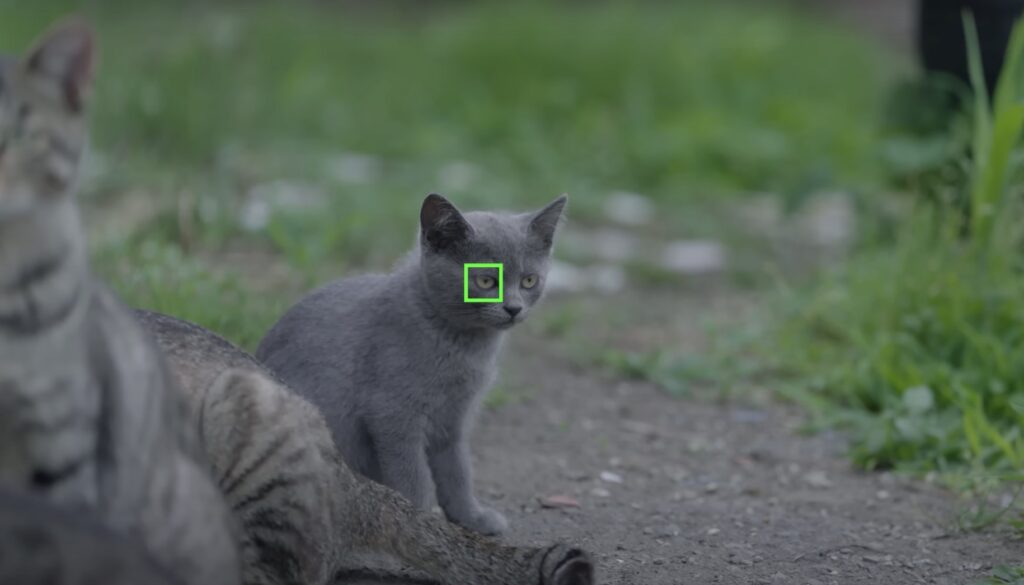
The EVF on the A7rv is 9 millions dots vs 5 on the A7riv That’s almost twice the resolution and that means everything for anyone who shoots with mirrorless.
It gives you a clearer image of what’s in focus, it improves focus when using manual focus, and it makes the whole experience more pleasant.
In body stabilization
For wildlife, you don’t always need the best IBIS for those action shots, but it can be really useful for those low light shots when you lower the shutter to capture an owl sitting still.
Having better IBIS can literally eliminate the need for a tripod in some situations, and it’s also great for video.
I would say my main issues with most Sony cameras is related to the low resolution EVF and IBIS and Sony has really taken this to the next level with the introduction of the A7rv.
I’ve been shooting for years with mirrorless cameras and my one gripe has always been the EVF. The A7rv has mostly eliminated that issue. You’ll notice that the resolution worsens with autofocus but it’s mostly leaps and bounds better than the A7riv, a7riii and any other Sony camera.
Combining Cameras for wildlife photography
It’s sometimes beneficial to have two cameras rather than one. For example, you may want the autofocus features from an older camera and the AI features from a newer camera.
The Sony a7rV has all of this packed into one camera but it’s expensive at close to $4,000. Below I’ve listed a few camera alternatives you might consider for wildlife photography.
This also helpful when using a full frame and aps-c body. You get the extra focal length without the extra cost and weight of a longer lens.
- Sony A9 paired with the a6700
- Sony A7riii paired with the a6100
- Sony A7iii paired with the a6100
- Sony a7rii paired with the a6000
- Sony A7riv paired with the Canon R10
- Sony A7iv paired with the a6700
What about the Sony A7CR?
I’m sorry if I’ve already made this choice hard enough, but you should also consider the A7CR for wildlife photography for its portability and smaller footprint. The only reason I don’t prefer this camera for wildlife photographers is the lower frames per second The A7CR is a lower buffer and shoots 8 FPS vs 10 FPS with the A7RV and A7RIV.
So if you need the maximal FPS, stay away from the A7CR.
You’ll also get a viewfinder that’s much worse in the A7CR. I wouldn’t say it’s terrible, but its lower in quality that the previous two cameras.
If you’re shooting with a long lens, the A7CR isn’t going to be the best fit for your hand. This camera has a smaller grip and doesn’t balance with longer lenses, and that’s just another reason why I wouldn’t choose this camera for the primary purpose of wildlife photography.
What camera should you get?
If money wasn’t an issue, I would get the A7RV any day over the A7RIV. It mostly comes down to stabilization, EVF resolution, an improved monitor, and autofocus accuracy.
There are other added benefits like the redesigned monitor with a higher resolution, improved buffer, increased focus points in APS-C mode, but to me, those are just minor upgrades.
The A7RV is the obvious better contender, and for wildlife you won’t be disappointed with the improved autofocus.
Some would argue that the A7riv isn’t much of an upgrade from the A7riii. The dynamic range of the A7riii is better and produces similar image quality.
But after having multiple camera bodies I’ve found that dynamic range isn’t problematic in most Sony cameras.
I’m more interested in how it feels, the image I see from the EVF, autofocus, and the stabilization. For me, it all comes down to more images in focus and improving the experience of capturing those images.
What lens should you get?
My top wildlife lenses are the Tamron 50-400mm 3.5-6.3 and the Sony 200-600 5.6-6.3, but be sure to check out my top telephoto lenses here.
Conclusion
In conclusion, the Sony A7RV, with its 61-megapixel sensor and enhanced autofocus capabilities, presents an intriguing proposition for wildlife photographers. While both the A7RIV and A7RV are proficient in tracking both humans and animals, the A7RV takes a step further by prioritizing birds and insects in its autofocus system.
This upgrade indeed seems to offer improved accuracy when tracking animals and birds.
However, the question remains: is the difference significant enough to warrant an upgrade or a switch for wildlife photographers?
In my opinion it the A7RV is well worth the price for the features and hardware you get. And, the EVF alone is a reason to upgrade.
I hope this review was helpful. Subscribe below stay uptodate with what’s next in photography.

